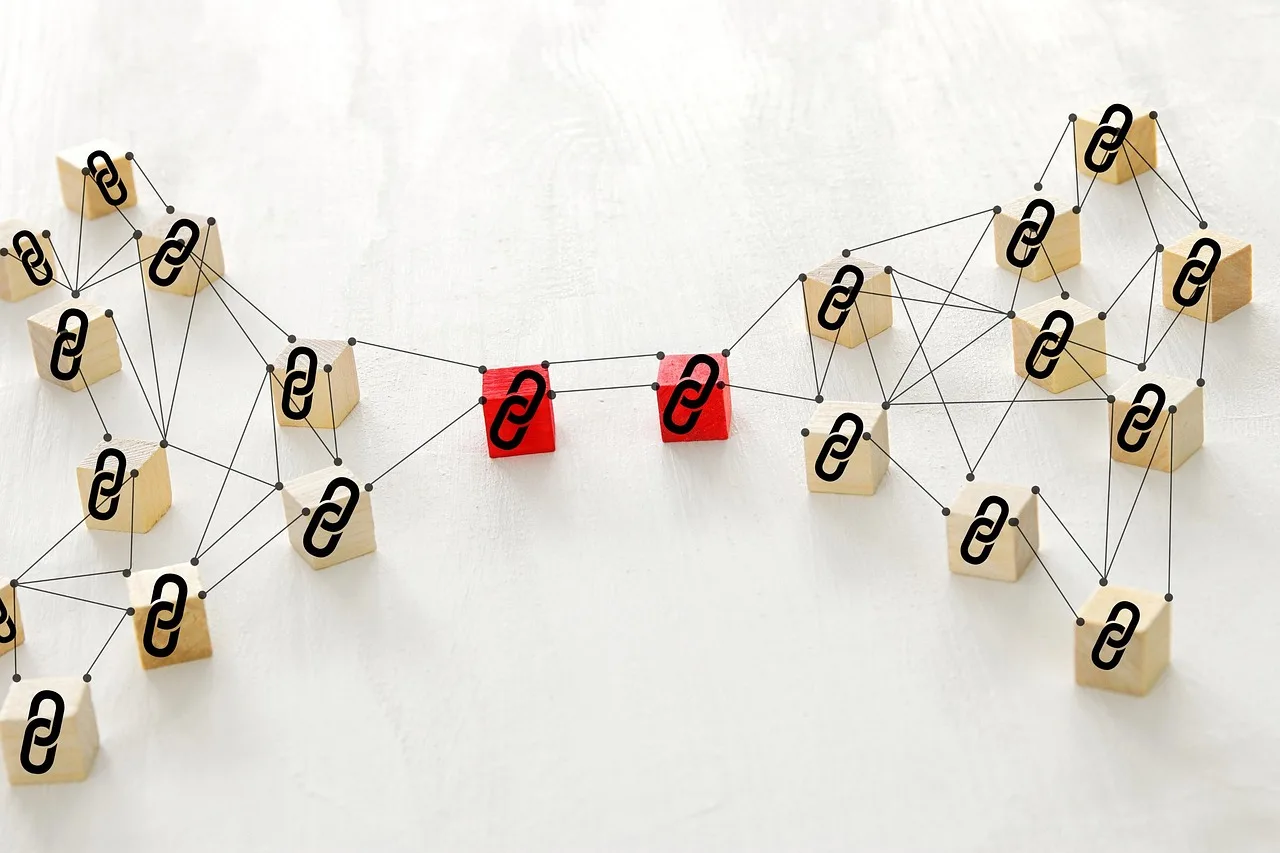
Internal Linking Structures for Content Personalization
Internal linking structures are one of the most underutilized yet powerful SEO tools. When implemented strategically, they not only improve site navigation but also enhance content personalization—giving each user a tailored experience based on their behavior and interests.
In this blog, we’ll explore how smart internal linking can drive content personalization, increase page views, improve crawlability, and ultimately enhance your website’s SEO performance.
What Is Internal Linking?
Internal linking refers to the practice of linking one page of a website to another page on the same domain. Unlike external backlinks, which come from other websites, internal links connect your content ecosystem internally.
For example, linking your blog post on “SEO Basics” to another post like “Advanced Keyword Research” creates a structured flow of information. This internal pathway guides users and search engines alike.
Why Internal Linking Matters
Effective internal linking does more than just tie your pages together. It distributes link equity, improves user engagement, and helps Google understand the hierarchy and context of your site.
More importantly, it enables content personalization—a growing trend where users receive dynamic content based on their previous activity, search behavior, or interests.
Enhancing Content Personalization Through Internal Links
Here’s how a solid internal linking strategy supports content personalization:
- User Journey Optimization
When you link related articles or product pages, you create a guided journey for users. This increases time on site and allows users to discover more of what interests them. - Dynamic Content Suggestions
Internal linking enables AI and personalization engines to suggest relevant pages to users, making the browsing experience more tailored and efficient. - Segmentation Through Link Clusters
By creating clusters around topics (e.g., “local SEO,” “on-page optimization”), you serve personalized content to users based on their interests or entry points. - Behavioral Triggers
Analyzing which internal links users click allows marketers to serve customized content or offers based on what they’ve engaged with.
SEO Meets Personalization
Internal linking and content personalization go hand in hand when it comes to SEO. Google loves organized, context-rich content. By linking related topics together, you’re telling search engines that your site offers deep, comprehensive value.
Moreover, personalized content keeps users engaged longer, reducing bounce rates—a key metric in Google’s ranking algorithm.
Best Practices for Internal Linking Structures
If you want to implement internal linking for content personalization, here are some best practices:
- Use Descriptive Anchor Text
Avoid vague CTAs like “click here.” Instead, use keyword-rich phrases like “learn more about schema markup” to provide context. - Maintain a Logical Hierarchy
Structure your content into pillars and clusters. This makes it easier to guide users and bots alike through your site. - Limit the Number of Links Per Page
Don’t overwhelm your reader. Link to 3-5 relevant pages per post to maintain readability and relevance. - Update Old Content with New Links
Go back to older posts and add internal links to new content. This boosts the visibility of fresh content while keeping legacy content relevant. - Use Analytics for Optimization
Track which internal links users engage with and refine your content strategy to serve more personalized recommendations.
Common Mistakes to Avoid
- Overstuffing with irrelevant internal links
- Using identical anchor texts for different destinations
- Ignoring mobile user experience
- Failing to maintain a centralized link structure
All of these can hamper your efforts in offering seamless content personalization.
Final Thoughts
Internal linking is no longer just an SEO checkbox. It’s a dynamic tool to support user engagement and content personalization. By creating a web of contextually linked pages, you’re not just optimizing for search engines—you’re building an experience that adapts to your audience’s needs.
If you’re not yet using internal linking to support personalization strategies, now’s the time to start. It’s simple to implement, powerful in impact, and crucial for long-term SEO success.
Ready to personalize your SEO journey?
Boost your rankings and user engagement with intelligent internal linking strategies.
Visit www.backlinkpolicy.com or email us at info@backlinkpolicy.com to get started today!





